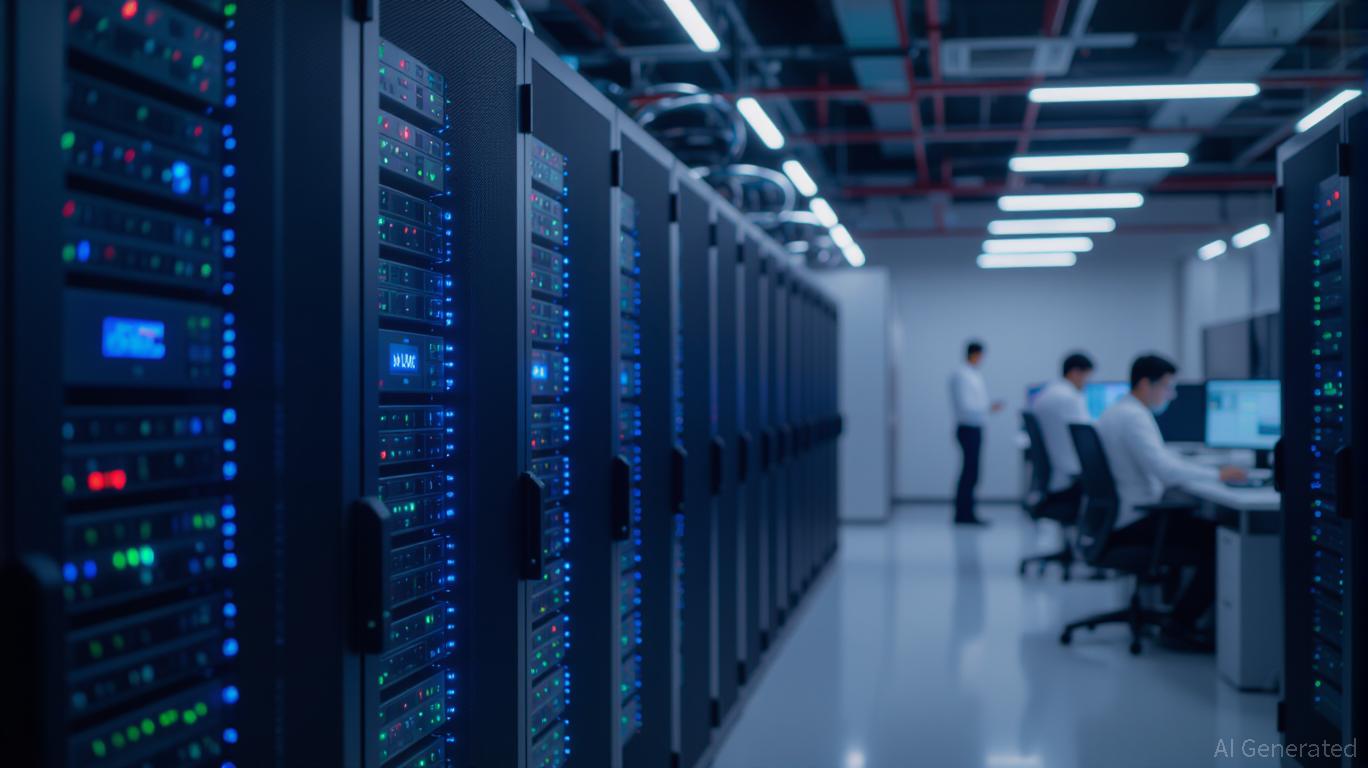
South Korea’s corporate earnings landscape in Q2 2025 has sent a jarring signal to global investors: the tech-dependent economy is showing cracks beyond its semiconductor giants. While SK Hynix and Samsung’s chip divisions dominate headlines, the broader industrial base—spanning automotive, steel, pharmaceuticals, and consumer goods—is grappling with a perfect storm of rising input costs, shifting demand, and structural inefficiencies. For investors, this is a wake-up call to reassess exposure to K-Equity and semiconductor-linked markets, where overreliance on a narrow set of export-driven sectors has left the economy vulnerable to global headwinds.
The Non-Chip Malaise: A Systemic Weakness
South Korea’s non-chip corporate earnings in Q2 2025 revealed a stark divide. KT Corp., a telecom and AI leader, defied the trend with a record 1.01 trillion won operating profit, driven by a 13.8% surge in AI and IT revenue. Its strategic pivot to AICT (Artificial Intelligence, Cloud, and Telecommunications) and partnerships with Microsoft and Palantir highlight a path forward. Yet, this outlier success contrasts sharply with the struggles of other sectors.
Samsung’s Device Solutions division, for instance, saw operating profits plummet 93.8% year-on-year to 400 billion won, hit by inventory adjustments and U.S. export restrictions. Meanwhile, the automotive sector faces a dual threat: U.S. tariffs on steel and aluminum (targeting POSCO and Hyundai Steel) and a 25% tariff threat on vehicle exports. Hyundai’s $21 billion U.S. reshoring gamble may stave off short-term losses, but profitability hinges on geopolitical alignment—a dice roll in a Trump 2.0 era.
Structural Risks: Beyond Tariffs and Tariffs
The root of South Korea’s woes lies in its two-speed economy. Large firms like Samsung and Hyundai thrive in global markets, but SMEs—accounting for 81% of manufacturing employment—lag in productivity, digital adoption, and innovation. For example, non-chip sectors like chemicals and shipbuilding face input costs rising 15-20% year-on-year due to energy inflation and supply chain fragmentation. SMEs, which lack the scale to absorb these costs, are particularly exposed.
The pharmaceutical sector, reliant on U.S. and Chinese markets, is another ticking time bomb. Celltrion and Samsung Biologics are delaying U.S. expansions due to tariffs on APIs and retaliatory measures from Beijing. With 70% of South Korea’s pharmaceutical exports concentrated in just three countries, diversification is urgent but elusive.
Global Demand Shifts: The New Normal
The U.S. and Europe’s pivot to nearshoring and protectionism is reshaping global demand. South Korea’s non-chip manufacturers, which export 60% of their output, are losing ground to Southeast Asian and Eastern European rivals. For instance, the U.S. is now sourcing 30% more automotive parts from Mexico than South Korea, a trend accelerated by Trump-era tariffs.
Meanwhile, China’s economic assertiveness is forcing South Korean firms to navigate a geopolitical tightrope. POSCO’s green steel investments align with U.S. climate goals, but its reliance on Chinese raw materials for 40% of production creates a dependency risk.
Strategic Hedging for Investors
For investors, the message is clear: diversify and hedge. Here’s how:
Avoid Overexposure to Export-Heavy Sectors: Automotive and Steel: Hyundai and POSCO’s U.S. reshoring strategies are short-term fixes. Long-term viability depends on trade negotiations. Consider hedging with short-term options or reducing exposure to these sectors.
Pharmaceuticals: Prioritize companies with diversified supply chains and regulatory agility. Celltrion’s pivot to India and Brazil could mitigate U.S.-China risks.
Double Down on AI and Digital Transformation:
KT Corp.’s success in AI and cloud services (317.6 billion won in Q2 AI revenue) underscores the potential of tech-driven non-chip firms. Investors should overweight companies with strong AI partnerships, like KT and Naver, which are integrating AI into enterprise solutions.
Monitor Currency and Tariff Risks:
South Korea’s won is volatile against the dollar, amplifying the impact of U.S. tariffs. Consider hedging with currency futures or investing in firms with dollar-denominated revenue streams.
Support Structural Reform Plays:
The government’s 15 trillion won support package for the automotive sector is a stopgap. Look for companies benefiting from long-term reforms, such as green steel (POSCO) or EV battery tech (LG Energy Solution).
Conclusion: A Call for Prudence
South Korea’s corporate earnings slowdown is not just a cyclical blip—it’s a symptom of deeper structural flaws. While the government’s fiscal stimulus and KT’s AI pivot offer hope, investors must remain cautious. The era of easy profits from export-driven growth is over. For K-Equity, the path forward requires a shift from survival-based SME policies to productivity-driven innovation. Until then, hedging against trade wars, input costs, and geopolitical shifts will be the key to navigating this volatile landscape.
